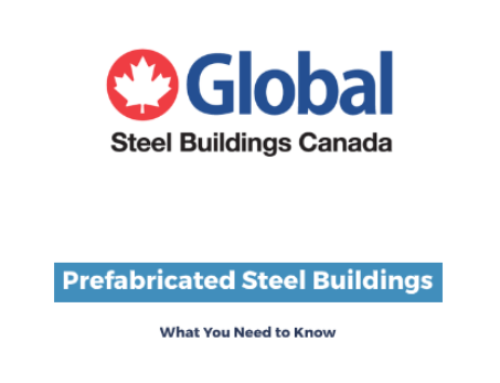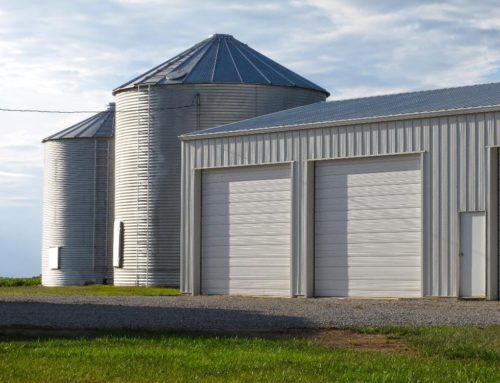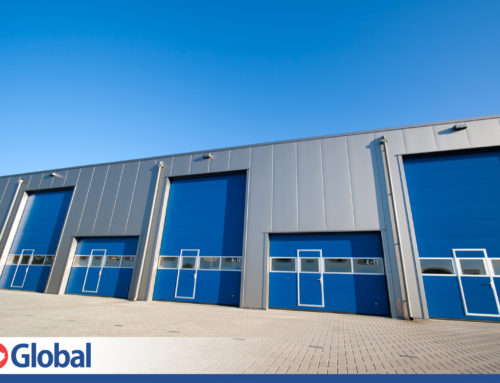Gutters for Your Straight Wall Steel Building
Rain gutters are important component of your straight wall steel building. A gutter system will provide protection for your building. Not only will they protect against leaks but they will prevent visitors from getting soaked by rain falling off the roof. If the windows and doors are poorly sealed rain water will leak into your building. By diverting water from the roof line at the top of the building, gutters provide protection for your foundation. With steel gutters or gutters of another material, water can leak into the foundation. Your structural integrity is put at risk. If your foundation does get damaged by water you will see cracks on the concrete slab and on the interior drywall of your straight wall steel building.
Installing Gutters on Your Straight Wall Steel Building
In the long run you can now see the value and need for gutters. If you plan on installing the gutters yourself you need to know how to do so. Gutter installation or replacement can be installed yourself and you can save substantially over professionally installed gutters.
1. Plan and Prepare
Sketch your steel building. Record the length of the rain gutter runs and mark the downspout locations. Count corners and end caps noting which are right and which are left. Measure the height of downspouts and add 4 ft. to each for the extension away from the building at the bottom. Downspouts each require three elbows. Elbows are available to turn either to the front or side of the downspout, front elbows are usually all that is required for your straight wall steel building.
Planning Tips:
- Gutter downspouts should be located in unobstructed areas where water can be redirected away the straight wall steel building.
- Ensure the long gutter runs are sloped down both directions from the middle. Install a downspout on each end.
- Place your building’s downspouts in inconspicuous locations where possible and avoid locations with obstacles. (meters, sidewalks, etc.)
- In areas with torrential rains or on large roof areas in-stall over-sized downspouts.
2. Measurements
Take measurements of the perimeter of your steel building to determine the correct gutter size needed. Ensure that the seams where the wall joins the roof is in good condition as this will support the gutter. Measure the roof overhang and the depth of the wall panels to determine the necessary screw lengths. Self taping metal screws work well for this job.
3. Pre-assembly
Assembling the gutter sections is much easier done on the ground rather than on the ladder. Lap all seams from 2 to 4 inches and then caulk and rivet them together. Use the same process to join two sections of gutter, except overlap the pieces at least 4 in. When you’re splicing gutter sections, leave the clean factory-cut end on the outside. Lap the rain gutters on your straight wall steel building so that the inside section faces downhill. This will prevent water from being forced out a seam. Where a gutter ends attach an end cap with rivets and seal the joint.
4. Downspouts
Measure from the corner of your straight wall steel building to the center your downspout location. In your planning stage you ensured you chose a location free of obstructions. Transfer this measurement to the gutter and cut in a downspout outlet.
The number and size of downspouts determine how fast your gutters will empty. Sloping them helps eliminate standing water that can cause corrosion and leak through the seams.
5. Installing Gutters on Your Straight Wall Steel Building
Slope each house gutters run down toward the downspout about 1/4 in. for every 10 ft. of gutter. If your fascia boards are level, you can use them as a reference for sloping the gutters. Check this by holding a level against the bottom edge. If they aren’t level, adjust the string line until a level aligned with it shows a slight slope. Mark this slope to indicate the top and bottom of the gutter. Screw everything in place using this slope.
With the gutters screwed in place install the gutter brackets. Install gutter brackets every 2 ft. to support the gutters and strengthen the front edge. The hangers are designed to slip over the back edge of the gutter. Your straight wall steel building will benefit from the protection afforded by your new gutter system.
6. Installing the Downspouts
The elbows and downspout need to be assembled with the crimped ends facing down. This will prevent water from leaking out the joints. It is better to use metal self tappers for installation so that the downspouts can be disassembled for cleaning. The crimping allows the pieces to fit together.
Each length of gutter and every elbow is crimped on one end to allow the pieces to fit together, one inside the other. If you need to cutoff a piece you may need to crimp one end.
Finish the gutter job by easier to hang the downspouts. attaching the downspouts to the wall.
Your commercial building will benefit from aluminum gutters as your building will be protected from the rigours of nature.
Maintenance is Key
Your straight wall steel building will benefit from the property maintenance of your steel gutters. Ensure you clean your gutters a couple times a year. Keep them free of debris and leaves so water can flow. Not only will this extend the life of your gutters and will eliminate problems like backed-up gutters and plugged downspouts.






